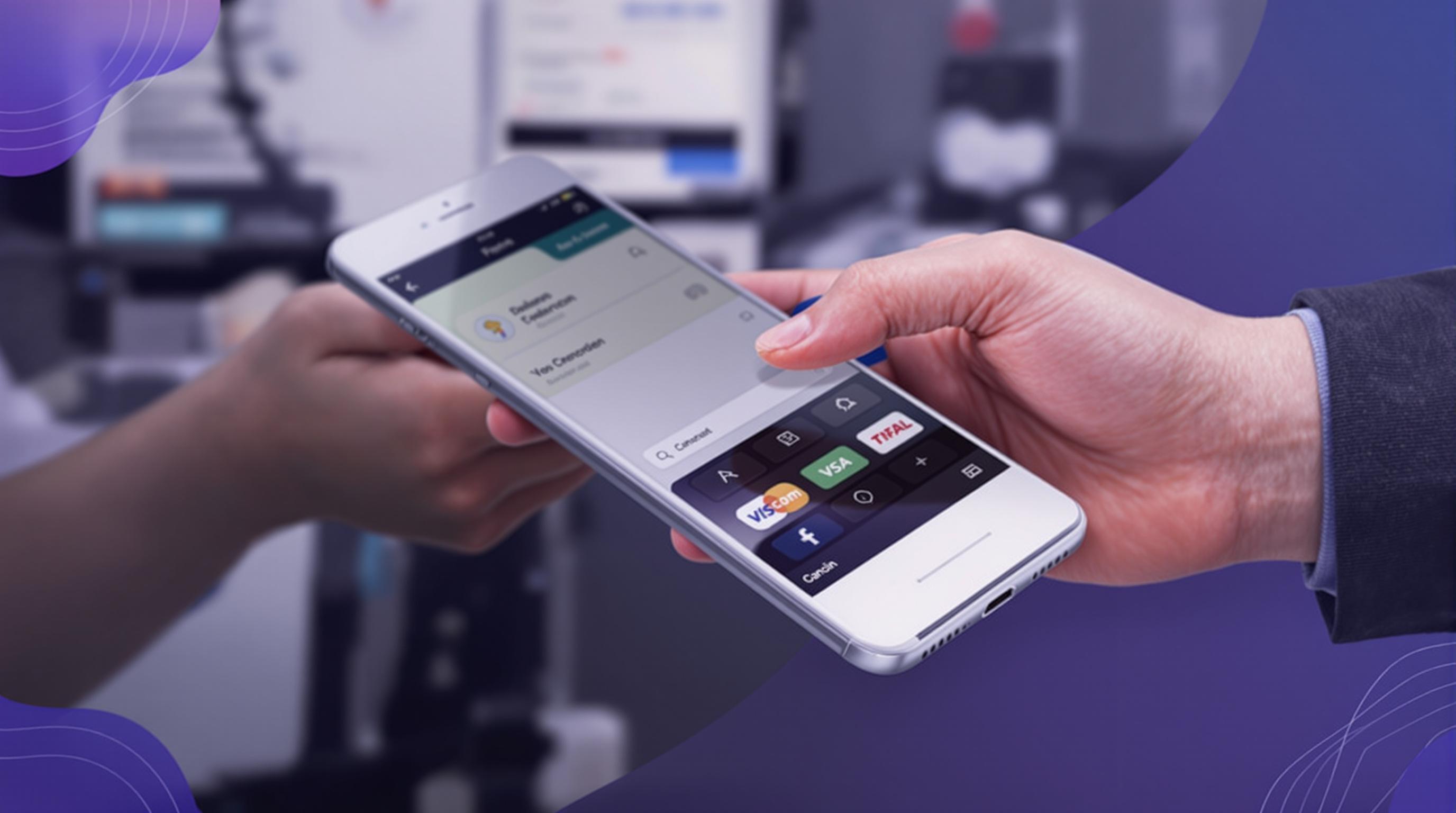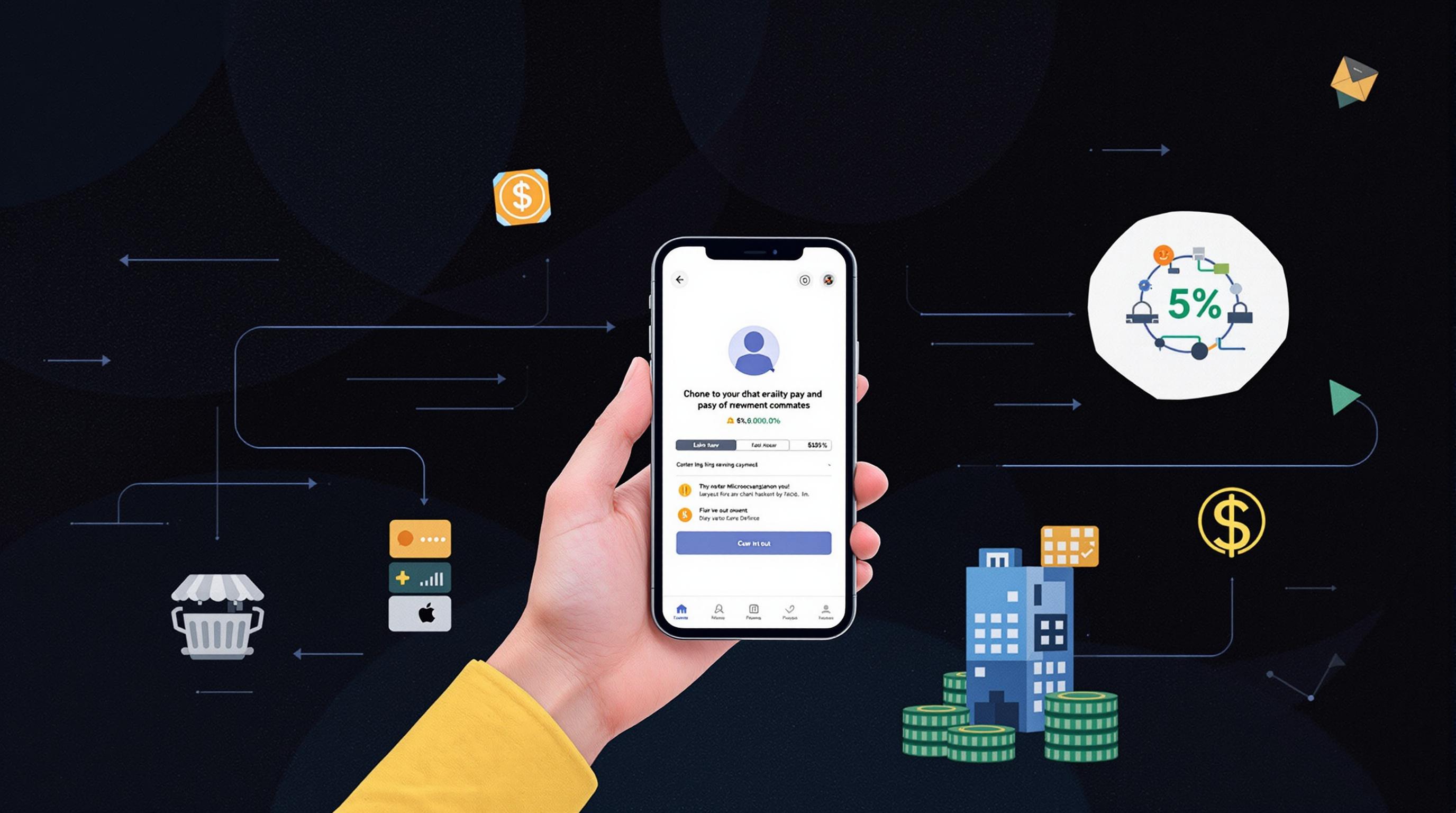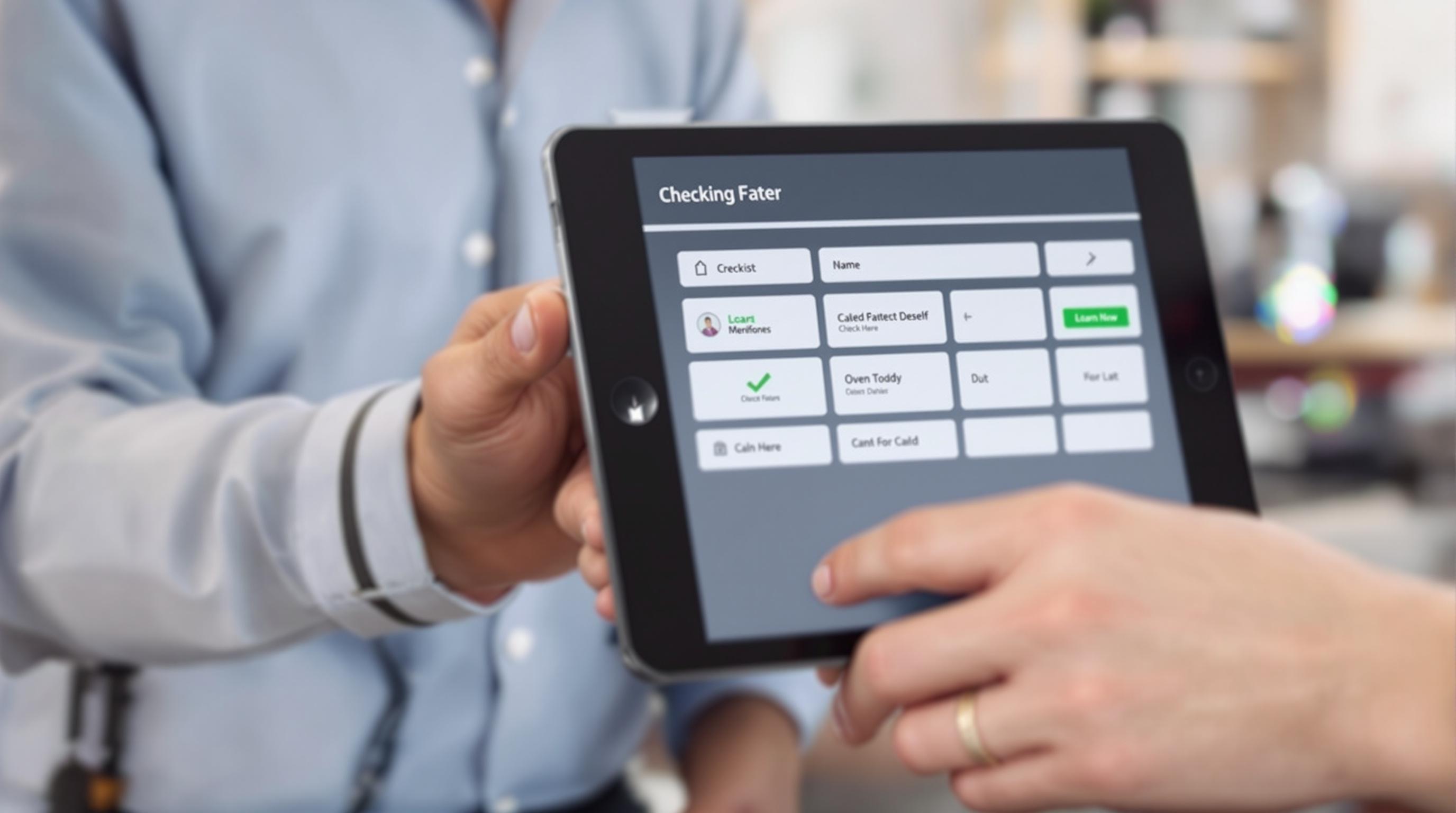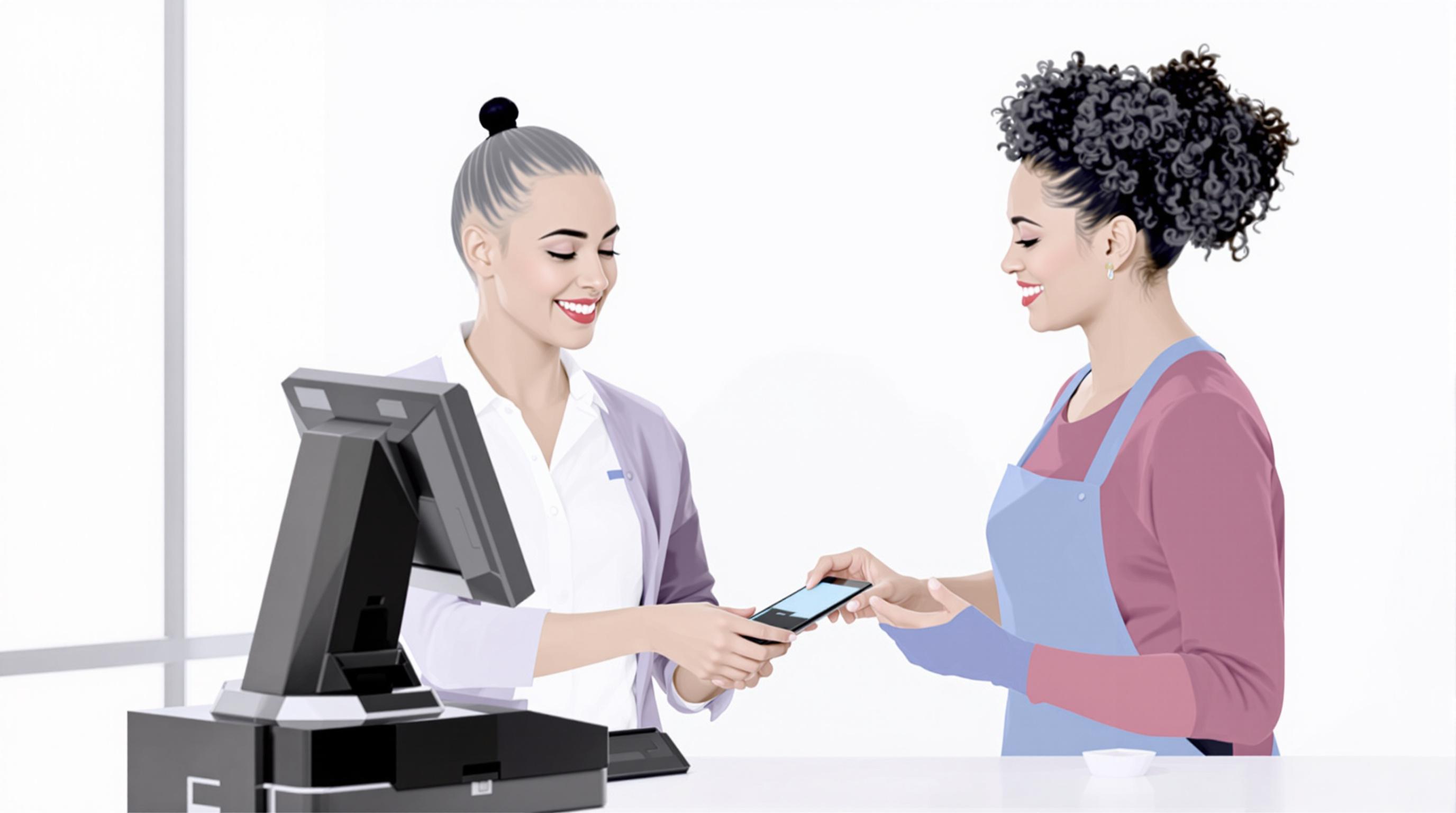Related Articles
- The Role of Quantum Encryption in Transforming Legacy Data Protection Practices for Businesses
- Top 6 AI-Powered Subscription Platforms Transforming Product Access and Affordability Since 2019
- Unseen Pitfalls: How Cognitive Overload in Finance Audits Undermines Checklist Effectiveness and Decision Quality
- The Silent Impact of Global Fiscal Shifts on Local Tax Date Practices No One’s Talking About
- How Cultural Narratives Shape Personal Budgeting: Unseen Influences Behind Financial Template Choices
- Top 6 Underrated Payment Tools Released Since 2019 Changing How Stores Handle Transactions
Top 6 Underrated Payment Tools Released Since 2019 Changing How Stores Handle Transactions
Top 6 Underrated Payment Tools Released Since 2019 Changing How Stores Handle Transactions
Since 2019, several underrated payment tools have quietly transformed retail transactions, making it easier for stores to innovate and engage customers. This article dives into six of these game-changing platforms, exploring how they've reshaped the payment landscape through unique features and practical benefits.
1. Zettle by PayPal: Empowering Small Businesses with Simplicity
Imagine being a small boutique owner in a bustling city street—your weekends are packed with curious shoppers, yet processing payments should never slow you down. That’s where Zettle, a payment tool launched post-2019 updates, proves invaluable.
Zettle offers a compact card reader and user-friendly app, enabling businesses to accept contactless and chip payments swiftly. Beyond just processing, it provides insightful sales analytics—a feature that 68% of small businesses find critical for growth (Statista, 2022).
The charm of Zettle lies in its integration with PayPal, making it a robust, secure platform ideal for merchants who want flexibility without complexity.
Why This Matters
With digital payments becoming the norm, especially during the pandemic, tools such as Zettle have enabled small and medium-sized enterprises (SMEs) to stay operational without overwhelming technical demands. Its pay-as-you-go fee structure ensures affordability, a crucial factor for businesses with tight margins.
Case Study: The Artisan Bakery That Scaled With Zettle
Mary, an artisan bakery owner in Portland, attributed a 35% increase in weekend sales to the introduction of Zettle’s mobile POS in 2020. The system’s ease of use and quick checkout times delighted customers and reduced lines, improving overall satisfaction.
2. Tap to Phone: Transforming Smartphones into Payment Terminals
Here’s a fintech innovation that sounds futuristic but is very much a reality: Tap to Phone allows merchants to accept contactless payments using just their NFC-enabled smartphones—no additional hardware needed.
Released quietly around 2020, this tool is a game-changer for street vendors, pop-up markets, and any business going cashless on the fly.
Conversational Insight
“I never imagined my phone could replace my bulky card reader,” says Rajesh, a food truck owner in Mumbai. “Tap to Phone made transactions seamless and saved me the hassle of carrying extra devices.”
Its significance is underscored by Mastercard’s projection that Tap to Phone technology will be available on over 5 million merchant devices globally by 2024 (Mastercard, 2023).
3. Alipay+ Global Merchant Solutions: Bridging East and West Payments
Alipay+, debuted officially in 2020, targets the evolving needs of global merchants by facilitating cross-border transactions smoothly, an essential feature as international tourism rebounds.
Stores using this tool can accept multiple payment methods from China, Southeast Asia, and beyond, consolidating disparate payment sources into a centralized platform.
Analytical Perspective
According to a 2023 report by eMarketer, businesses adopting Alipay+ saw a 20% increase in Chinese tourist transactions. The platform reduces exchange rate losses and compliance complexities, giving stores a global competitive edge.
4. Sezzle: Revolutionizing Buy Now, Pay Later for Brick-and-Mortar Retail
What if your favorite local store offered you the option to shop now but pay in interest-free installments? Sezzle started gaining traction in physical retail since 2019, complementing e-commerce successes.
By integrating affordable installment plans directly at point-of-sale, Sezzle helps customers manage budgets better, while merchants see increases in average order value—typically 20-30% higher according to Sezzle’s internal data.
A Persuasive Case
For stores battling reduced foot traffic post-pandemic, Sezzle’s flexible payment boosts sales without burdening customers with immediate expenses.
5. Square (New Features Post-2019): Beyond Payments to Complete Storefronts
Square, long a leader in payment technology, expanded its ecosystem with powerful updates after 2019, shifting from pure payment processing toward an all-in-one retail management tool.
Merchants now benefit from integrated inventory tracking, appointment scheduling, and advanced analytics—all linked to their payment systems. This makes Square a versatile option for retailers who want a streamlined digital solution.
Statistical Snapshot
Experts note that retail businesses leveraging Square’s holistic tools have reduced operational costs by up to 15% while doubling online and offline sales synergy (Forbes, 2022).
6. Beem It Business: Localized, Peer-to-Peer Payment Innovation
Launching new features aimed at stores in 2020, Beem It Business caters predominantly to Australian merchants, focusing on rapid peer-to-peer and in-store payments without card reader dependency.
Its real-time payment references and low fees have helped small cafes and service providers stay competitive, particularly in suburban markets.
Humorous Perspective
“Beem It was like handing my customers a magic wand for payments,” laughs Tom, a barista from Melbourne. “No fumbling with cards, and no awkward moments when the EFTPOS machine freezes mid-sale.”
Why These Tools Matter in 2024
The payment landscape has evolved through necessity and innovation alike, driven significantly by the global push toward cashless commerce accelerated during the COVID-19 pandemic. These underrated tools underscore a broader trend: democratizing accessible, affordable, and flexible payment solutions tailored to diverse merchant needs.
Whether it’s converting a smartphone into a payment terminal, offering flexible buy-now-pay-later options, or integrating sophisticated analytics into a single platform, innovation is paving the way for merchants of all sizes to thrive.
Final Thoughts From a Veteran Perspective
As a 54-year-old writer who has witnessed the transition from cash registers to cloud-based POS, it excites me to see how technology even in its lesser-known forms empowers small shopkeepers and entrepreneurs. Today’s payment tools often suit specific niches but collectively revolutionize how commerce operates—from corner stores to sprawling retailers.
So for readers aged 16 to 70 looking to better understand modern retail dynamics or explore future career paths in fintech, keeping an eye on these emergent payment technologies can yield both practical insights and inspiration.




